Blood Brothers and Sisters: Scotland’s ancestral ties with native people of North America
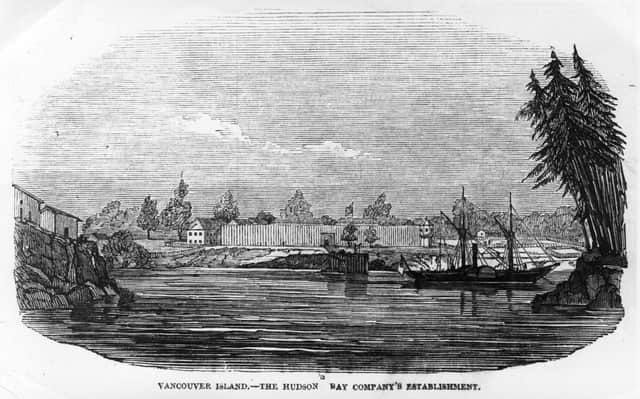

Professor Wilson’s research focused on assimilation between white people and the Native peoples of Canada; in his paper he argued: “the blood of the so-called ‘red man’ flows in the veins of every class of Canadian, from the highest to the lowest; and many of those who are treated by the Government as ‘Indians’ are as white as many of their ‘pale faced’ fellow countrymen”.
Professor Wilson’s language has to be seen in the light of the times. However, in 1878, it was not his language but the content of his statement that would shock. Some things, it was argued, were best left unsaid. Professor Wilson’s argument stemmed from his study into the prevalence of intermarriage, or the result of intimate relationships, between the Native peoples of Canada/North America with Europeans whose exploits as explorers, pioneers, settlers, fur traders and miners brought them into close contact.
Advertisement
Hide AdAdvertisement
Hide AdSo who was the academic from Canada prepared to make this bold statement? Daniel Wilson was born on 5th January 1816, at Potterrow in the city of Edinburgh. He was the son of a wine merchant. His parents, Archibald and Janet Wilson, ensured their son had a good education; he was schooled at The Royal High School in Edinburgh and in 1834 he entered The University of Edinburgh. His studies at the university were short-lived however as he opted-out after his first year, preferring to study engraving. Three years later he moved to London hoping to establish himself as an illustrator.
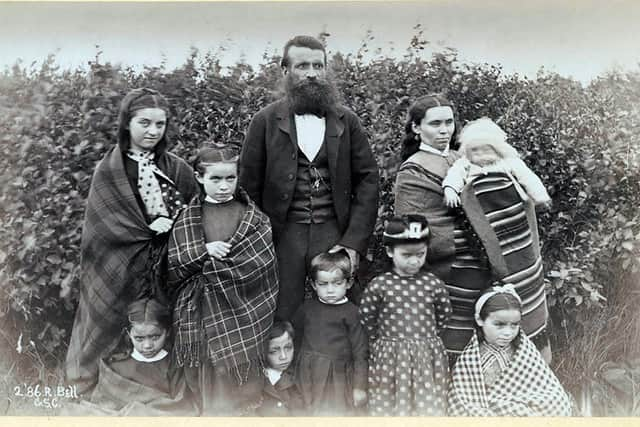

Daniel Wilson’s career was varied and his knowledge vast as it included everything from the study and illustration of the old buildings of Edinburgh to an extensive understanding and appreciation of architecture, woodcuts, engravings, literature and the indigenous antiquities of Scotland. He was Honorary Secretary to the Society of Antiquities of Scotland and, in 1851, he produced The Archaeology and Prehistoric Annals of Scotland, the first comprehensive survey of Scottish archaeological remains. Wilson had a unique view of what should be involved in collections. He approached his discipline with a forensic mind and believed everything held a clue to the bigger picture of civilisation.
Despite his lack of academic credentials, he was appointed to the Chair of History and English Literature, University College, Toronto. In this position he became an enthusiast for studies into the lives of the Native peoples of North America. In his own field of research, Wilson was highly critical of ‘Indian Policy’, especially the creation of Reservations. In his studies he was particularly fascinated by the Métis.
The Métis are a people with mixed European and Indigenous ancestry and, today, one of three recognised Aboriginal peoples in Canada. It was Wilson’s studies into the Métis that led him to conclude there was a high degree of Scottish or French racial mix within the Native peoples. His research work primarily focused on the Métis of the Red River Settlement in Manitoba, Canada.
The Settlement was established by the 5th Earl of Selkirk primarily as a colony for Scottish Highlanders displaced by the brutality of the Highland Clearances. Geographically, the Red River rises on the border between Minnesota and North Dakota in America and flows into Canada through Lake Winnipeg into Manitoba. The Earl believed the rich river valleys of southern Manitoba were perfect for colonisation.
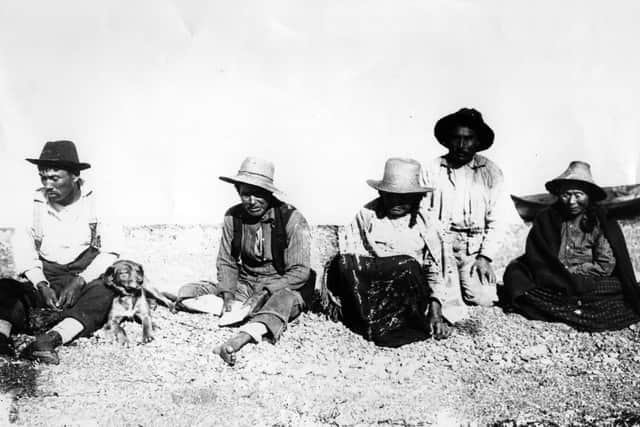

Approximately,116,000 square miles were obtained from the Hudson’s Bay fur trading company on the condition that, “One thousand families would be settled in the colony within ten years and that one tenth of the area was set aside for employees of the Hudson’s Bay Company who might wish to settle there”.
Interestingly, it was not HBC’s land to sell and there was no acknowledgement that the land had been settled by Native peoples for hundreds of years. In fact, when the Métis established their own dwellings along the Red River, Sir George Simpson, Governor of the HBC, noted, ‘We point out the situation where they may squat, we do not give them titles unless they make some arrangement for payment’.
In August 1812, the first non-Native settlers arrived at the Red River but, in the early years, the colony struggled, for the most part due to rival tensions between the Hudson’s Bay and the North Western fur trading companies. From the creation of the colony, it was clear those employed in the fur trade were taking what was commonly known as ’country wives’. There was a long-established practice of fur trappers and traders forming intimate relationships with Native women. According to the diary of Shetlander Isaac Cowie,
Advertisement
Hide AdAdvertisement
Hide Ad“Prior to the firm establishment of the Red River Settlement on the union of the rival companies in 1821, many of the Orkneymen, retiring from the company’s service, took their native wives and offspring with them to Orkney”.
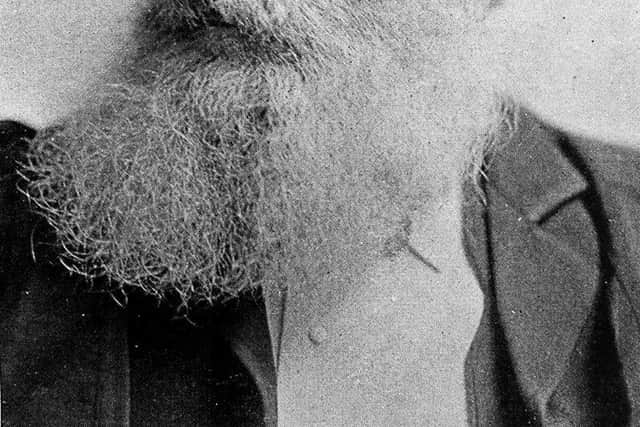

However, before the Red River Settlement was established, mixed race relationships had taken place in or around the Great Lakes, predominantly, with fur traders. In fact, the establishment of relationships with Native women was encouraged, particularly, with prominent Native families. Such unions were referred to as, “a la façon du pays” - “according to the custom of the country”. The marriages were considered mutually beneficial.
By 1826, the term Métis was in use and according to one Red River settler, 'Heavy snowfall resulted in a catastrophic flood covering miles of the Red River Valley and some settlers had enough and decided to move to America. The most valuable pioneering stock remained: the sturdy Kildonans, the former HBC men, mostly Orcadians and, of course, the Métis.’
The Scots were highly influential in the fur trade and they dominated at all levels in the Hudson’s Bay Company. If they were not trapping and trading they were managing the company’s affairs. In the First Statistical Account, the Stromness minister, Reverend William Clouston noted the considerable contribution the Scots made to the fur trade. Stromness was the last port of call for the HBC ships before they headed across the Atlantic and the report states:
“The ships usually arrive in Stromness about the first of June, where they stop for two or three weeks to take aboard men for their settlements. They engage usually from 60 to 100 men, natives of this country, to go to these settlements every year. They have about 400 or 500 men in these settlements.”
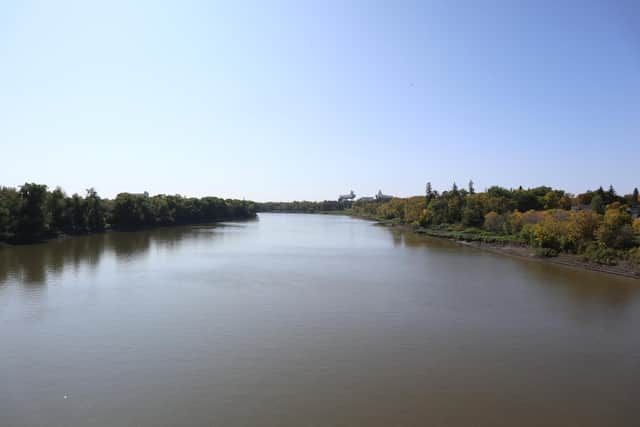

According to HBC records, 418 of the company’s 524 employees were Orcadian. However, the fur trade was not the only venture that brought the Scots into contact with Native peoples. The drive to expand British and Scottish commercial interests stretched from the East to the West Coast of Canada and the history of that naked ambition is filled with stories, legends, truths and fantasies about the role of the Scots in the development of the country and their interactions, relationships and kinship with Native peoples.
The story, perhaps legend, of the Scottish-Cree Sutherland brothers is an example of the Scottish-Native bloodline complexities.
In the West, the Scottish-Cree Sutherland Brothers became legends. Apart from their many accomplishments as fierce fighters they were involved in the Battle of Belly River, the last intertribal battle to take place in Canada.
Advertisement
Hide AdAdvertisement
Hide AdThey were the sons of Hugh Sutherland, an employee of the Hudson’s Bay Company, and an unidentified Cree woman. Their mother’s name was not listed in the HBC records but it was not uncommon for the tribal ancestry of a wife, but not the name, to be recorded by the company.
According to the written and oral accounts of the battle, the Sutherland Brothers faced Jerry Potts, a well- known fighter and trader of Scottish parentage. His mother was Kainai-Cree and his Scottish father, Andrew R Potts, a fur trader. The conflict resulted in the death of the two brothers. According to legend, two large piles of stones (Cairns) were raised by their enemies to mark the spot where they fell.
This is not an isolated story, and there are references to similar situations. However, it does raise questions about the complexities of Scottish relationship with the Native peoples.
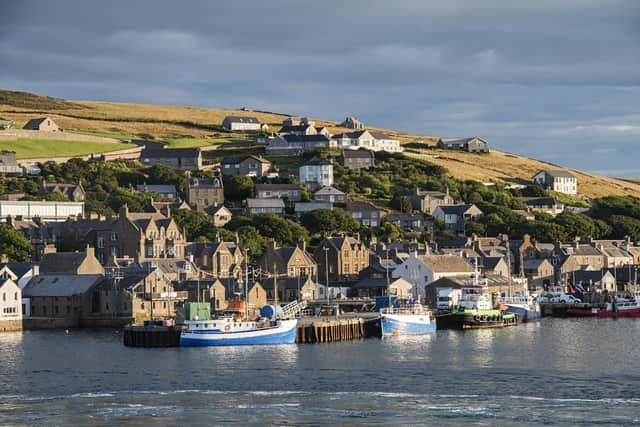

Stories about Scottish-Native encounters and relationships has become an interesting source of study and research and there is a growing appetite in Scotland and within Native communities in Canada and America to connect with this period of shared history. In 2019, the Scottish Storytelling Centre in Edinburgh hosted the Canada-Scotland: Coast to Coast Storytelling Festival. There were many and varied interesting presentations and representations from the Native Communities in Canada. The festival was rich in Native stories, anecdote, humour, passion, and it revealed a shared connectedness to the past. The audiences were highly appreciative and they took every opportunity to engage with the question and answer sessions.
It was very encouraging to see such enthusiasm and interest in Canada’s Native peoples and it is hoped similar events will be planned in the future. There were lessons to be learned from the success of the festival but it also raised questions about our relationships with Native peoples.
Like our role in the slave trade, this was a troubled period in Scotland’s history that we have been reluctant to examine. It is a history of stolen lives and uncomfortable truths. Colonisation led to the systematic erosion of Native language and culture, displacement of Native children, land grabs, environmental destruction and wildlife extinction. However, as individuals, we can take time to educate ourselves on this period of our history, but where does the Scottish Government stand on ensuring Scotland’s history with the Native peoples of North America is well represented in our diaspora narrative and educational curriculum?
Will we ever see a healing ceremony take place in our Parliament?
The sign of maturity in any government is to face head-on problems of the present and resolve, where practicable, outstanding issues from the past.
Advertisement
Hide AdAdvertisement
Hide AdTo address the cultural, social and economic effects of our role in colonisation is practicable, not insurmountable, and requires a ‘good faith’ policy to see it through. We need to talk about our troubled histories and how they shape our world view, and our role and relationships in it. For such a small nation, and through so many disciplines, Scotland has made many and considerable positive contributions to the world. However, we should acknowledge how much has been taken or gained from other nations.
We are all familiar with the ‘It’s never too late to say you’re sorry’ philosophy. Perhaps it is not too late to address the negative aspects of our involvement in the destruction and erosion of Native North American peoples and their culture.
But, how do we address the issues? In part, it starts with education but it should also involve a practice that is familiar to Native peoples – the cleansing ritual.
An invitation from the Scottish Parliament to representatives of Native North American peoples to discuss in Parliament our shared but troubled history would be part of the healing process. But in any act of reconciliation, we should remember, as Professor Daniel Wilson stated, we are blood brothers and sisters, we have a shared heritage. Can there be any finer reason for bringing us together ?
Professor Yvonne McEwen is a War and Conflict Historian and is currently collaborating with Beyond the Spectacle – Native North American Presence in Britain, at the University of Kent.
What is Beyond the Spectacle?
Since the early sixteenth century, Indigenous people from North America have been travelling to Britain. They came as captives and critics, poets and performers, athletes and diplomats, and these journeys have continued into the twenty-first century. Unfortunately, few UK residents have heard of this long history.
'Beyond the Spectacle’ is an Arts & Humanities Research Council-funded project that brings together an international team of researchers and Native North American people to amplify the stories of Indigenous travellers in the historical record and in the current moment.
The project funds residencies for Indigenous artists from North America to create new works while in the UK, organises public engagement events, and supports the process of connecting Indigenous communities with archival material and cultural belongings held in institutions such as the National Archives, the British Museum and Museums and Galleries Scotland. Importantly, BTS explores British, Irish and Indigenous kinship relationships.
Advertisement
Hide AdAdvertisement
Hide AdExplore BTS website and you will find a wide range of information about past and current projects and initiatives. Importantly, images, and stories about the uninterrupted history of Native North American travel to Britain can be found. Visit https://research.kent.ac.uk/beyondthespectacle/ and contact [email protected]